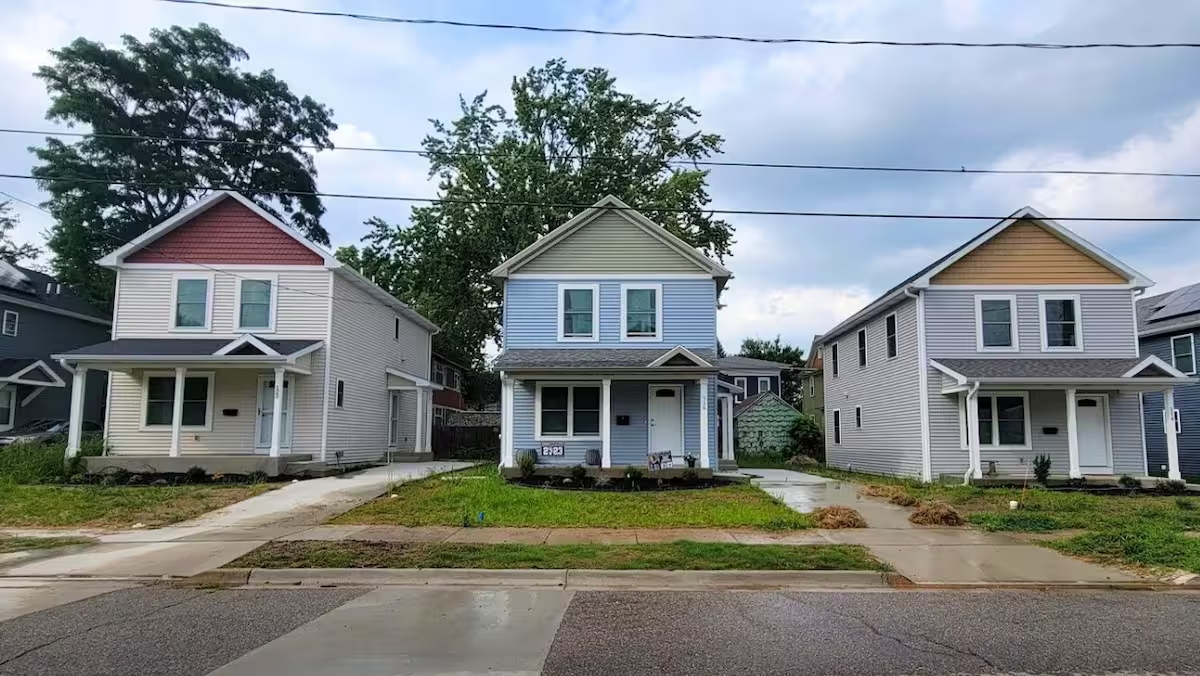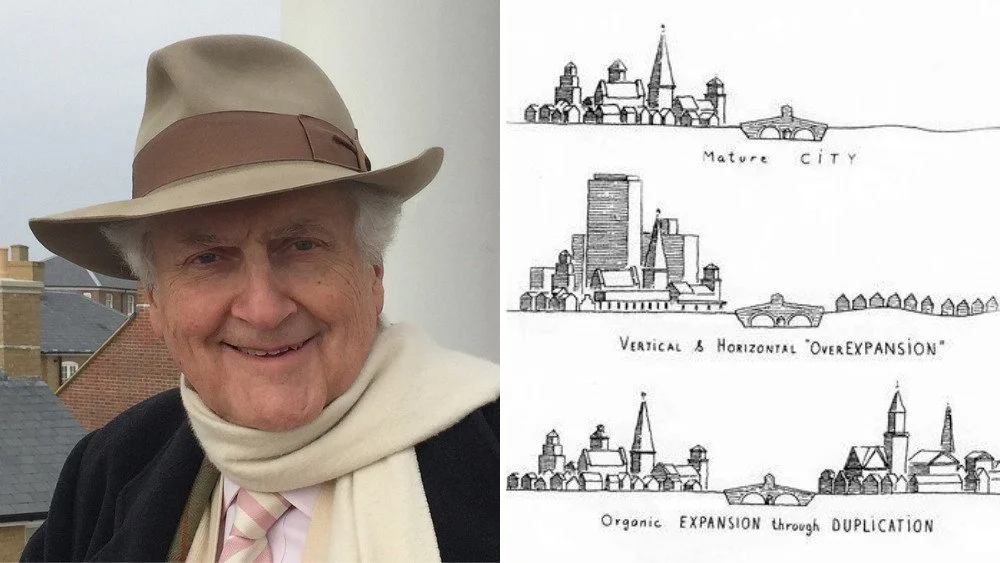Editor's Note: The challenges our cities face are growing, but so is the strength of this movement. Every story we share, every idea we spread, and every tool we build exists because people like you are committed to showing up. Your membership isn’t passive—it’s the momentum that makes change possible.
For years, Kalamazoo fought blight with the bulldozer. Vacant homes were demolished one after another in an effort to “clean up” neighborhoods. But these urban renewal aspirations didn't leave behind confidence or opportunity. They left empty lots, disinvestment, and a loss of faith that these places could ever be strong again.
Meanwhile, City Hall had written itself into a corner. Development codes were adopted that favored suburban-style housing that sprawled at the edge of town. These new requirements made it nearly impossible to build homes that fit into the traditional plats of Kalamazoo’s historic neighborhoods. The very DNA of the city — walkable blocks composed of narrow lots and starter homes with inviting front porches — was effectively outlawed by its own rules.
The result was an entire city misaligned with its past, its people, and its potential.
The Response: Aligning City Hall
Kalamazoo’s pre-approved building plan program is more than a technical fix; it’s a deliberate realignment. City staff selected house plans that were functional and resonated with the traditional patterns of the city. These homes looked like they belonged. They weren’t “products of code;” they emulated and celebrated the history of the city. In technical terms, these homes were simply “cute."
And here’s the genius thing: Every single one of these house plans was run through all the city’s review departments ahead of time. Staff worked through conflicts between reviewers and the code. The character of these “cute” homes was the uncompromising north star, and adjustments to the code were made without sacrificing the attractiveness of these homes. Instead of waiting for builders to stumble into bureaucratic bottlenecks, the city did the hard work first.
Now, when someone wants to build, they’re not fighting City Hall. They’re handed a stack of plans already blessed by every reviewer. The process is quicker, smoother, and less intimidating. The outcome? More homes that match Kalamazoo’s character.
Why It Matters: The Good Is Now Easy
Cities shape themselves around what is easy and what is hard. For decades, Kalamazoo made the bad easy: demolitions, strip malls, and car-oriented projects sailed through the system. Meanwhile, the good — incrementally building a small, traditional home in a walkable neighborhood — was next to impossible.
This program flips the script. It takes the development the city actually wants and makes it the easiest option. It lowers the barrier for residents, small builders, and neighborhood investors who want to bring life back into the city’s historic blocks.
If you’re in another community, ask yourself these questions:
- Where is your city misaligned, and what do you control that makes it harder to do the good work and easier to do the destructive stuff?
- What simple shifts could your staff make today to smooth the path for small, incremental investments?
- How could you pre-review the types of development you know you want, so residents don’t spend years fighting against your own codes?
Kalamazoo’s program is proof that change doesn’t always come from sweeping reforms. Sometimes it comes from a stack of cute house plans, pre-approved and ready to go.
When City Hall aligns with its people, confidence follows. Investment follows. And neighborhoods grow strong again.
Get your city back in alignment. Use the housing toolkits as a guide. The first shares six simple code reforms to make building housing easier. The second shares five ways that cities can empower small-scale developers.



.webp)

